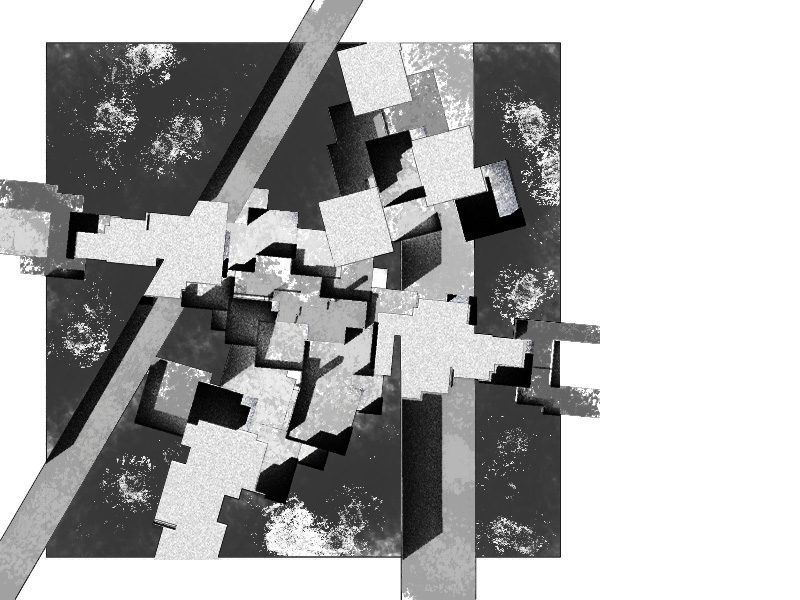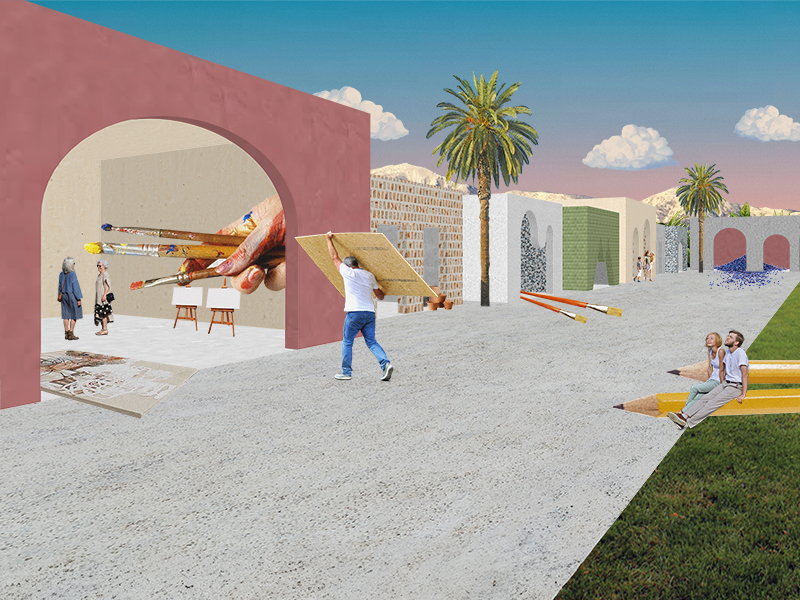There is no middle ground for working class Angelenos. As the city gentrifies and the cost of living increases, working families are affected hardest by the affordable housing crisis. At the same time that housing is becoming both more scarce and expensive, other buildings, including historical structures, are underused or vacant; many of these buildings have the potential to be repurposed or reused to make a positive impact on their existing contexts. The need for an increased density of housing within established neighborhoods presents an opportunity for a new approach to middle class housing, one that creates new urban public spaces to connect communities and preserves the history and culture of a place.



